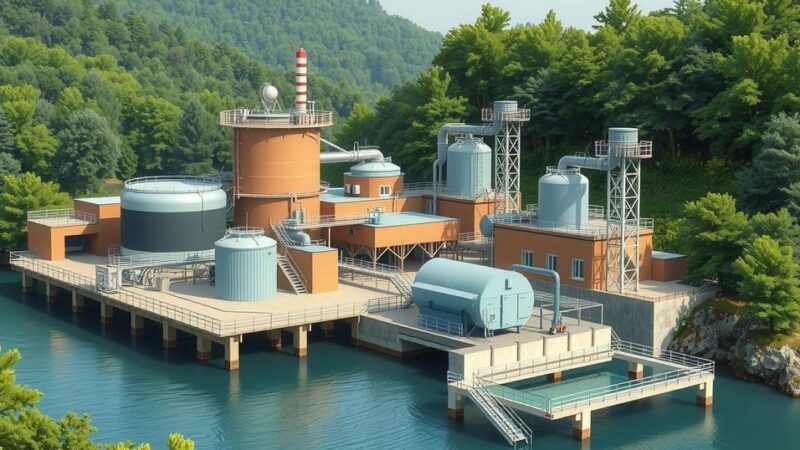This article examines ten historical climate predictions that ultimately failed to materialize. Predictions range from massive species extinction warnings to forecasts of major geographical and environmental changes, many of which were made by known scientists and activists in various decades. The article highlights the inconsistency of climate predictions over the years, illustrating a pattern of alarmist forecasts that did not come to pass.
In the realm of climate discourse, notable predictions made by scientists and activists have often led to significant concern about the future of the planet. A prominent example is Greta Thunberg’s endorsement of a dire forecast from Harvard professor James Anderson, which claimed climate change would eradicate humanity unless fossil fuel usage ceased by 2023. Likewise, Anderson predicted the Arctic Ocean would be ice-free by 2022 without major global intervention. Contrary to these assertions, current speculations continue to place potential ice-free conditions in the Arctic between 2035 and 2067.
Historically, such alarming predictions are not new and can be traced back to the 1970s. Allen below are ten of the most notable erroneous forecasts:
1. In 1970, S. Dillon Ripley predicted that 75 to 80 percent of species would be extinct by 1995, a claim that did not materialize.
2. Kenneth Watt, in the same year, claimed the world would face depletion of crude oil and a significant agricultural decline, estimating temperatures to drop by 11 degrees by the year 2000.
3. Biologist Paul Ehrlich from Stanford University warned that up to 200 million people would perish from starvation annually by the end of the 1970s, alongside dire expectations for ocean life.
4. In 1970, Peter Gunter forecasted imminent famine for most of the world, excluding only Western Europe, North America, and Australia, by the year 2000.
5. In 1971, Dr. S. I. Rasool of NASA anticipated the onset of a “new ice age” within 50 years.
6. In 1975, Ehrlich again warned that 90 percent of tropical rainforests would vanish and half of species would be lost within 30 years, a projection proven incorrect.
7. In 1988, Hussein Shihab warned the Maldives would be entirely submerged within 30 years, expressing concerns over the lack of drinking water by 1992.
8. A Pentagon analysis from 2004 predicted widespread global anarchy due to climate change, including reports of major European cities being submerged by 2020 and Britain experiencing a “Siberian” climate.
9. In 2008, Bob Woodruff of ABC News hosted a program proclaiming that New York City could be underwater by 2015.
10. Lastly, in 2009, former Vice President Al Gore projected that the Arctic Ocean would be ice-free by 2014, a claim that echoed Thunberg’s later forecast for 2022.
The predictions outlined serve as notable reminders of past climate forecasts that have failed to materialize. Institutions and individuals involved in climate science need to exercise caution and prudence in their projections. Furthermore, these historical examples illustrate the complexity and unpredictability of climate change outcomes, underscoring the necessity for a balanced approach in addressing environmental issues moving forward.
Original Source: freebeacon.com






